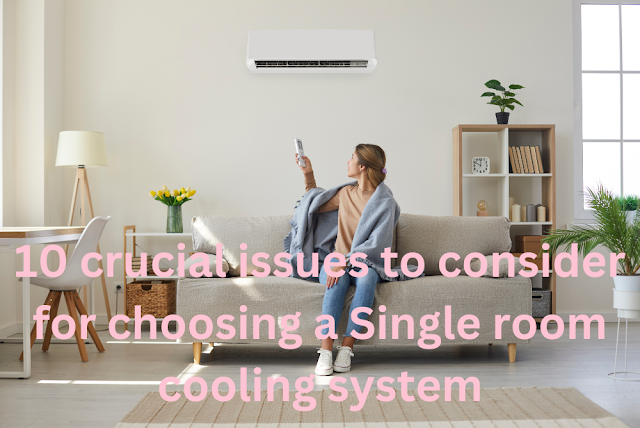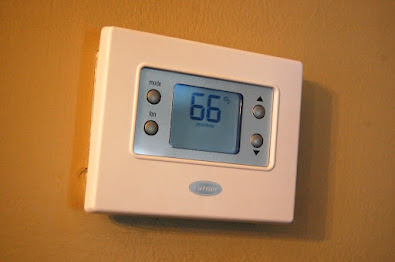10 crucial issues to consider for choosing a Single room cooling system
When choosing a single-room cooling system, several crucial issues must be considered. Here are 10 factors to keep in mind:
 |
| Single room cooling system |
Cooling Capacity
Determine the cooling capacity required for your room size. Cooling capacity is measured in British Thermal Units (BTUs) and depends on factors such as room area, insulation, number of occupants, and heat-generating appliances.
Energy Efficiency
Look for energy-efficient models with high Energy Efficiency Ratio (EER) or Seasonal Energy Efficiency Ratio (SEER) ratings. Higher ratings indicate better energy performance and cost savings over time.
Noise Levels
Consider the noise level the cooling system produces, especially if you plan to use it in a bedroom or study. Look for models with lower decibel ratings for quieter operation.
Size and Portability
Determine the available space in your room and choose a cooling system that fits well without obstructing movement. Portable units are ideal if you need the flexibility to move them between rooms.
Installation Requirements
Consider whether the cooling system requires professional installation or can be easily installed as a DIY project. Window units may require mounting kits, while portable units typically require minimal setup.
Air Quality
Some cooling systems include built-in air filters that help improve indoor air quality by removing dust, pollen, and other allergens. Consider this feature if you have allergies or respiratory sensitivities.
Control Options
Check the available control options, such as remote control, smartphone integration, or programmable timers. These features enhance convenience and allow you to regulate the cooling system more effectively.
Maintenance Requirements
Understand the maintenance needs of the cooling system. Look for features like washable filters, self-evaporative technology, and easy access to components for cleaning or repairs.
Cost
Evaluate the initial purchase cost, as well as long-term operational costs, including electricity consumption. Consider the overall value of the cooling system in terms of its features, performance, and energy efficiency.
Warranty and Support
Research the manufacturer's warranty coverage and after-sales support. A reliable warranty ensures you can promptly address any issues or defects with the cooling system.
Considering these crucial issues, you can make a well-informed decision when choosing a single-room cooling system that best fits your needs, budget, and preferences.



Comments
Post a Comment